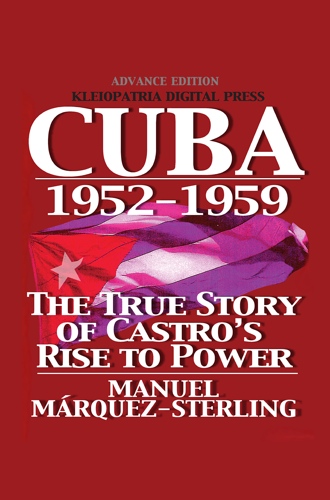November 30, 1956
Unaware that Granma expeditionaries had encountered major problems and landing would not take place on schedule, organizer Frank País and other members of the 26th of July Movement (M-26-7) staged a daring uprising in Santiago de Cuba and stormed several public buildings, police headquarters, and the Customs House. The M-26-7 plan was for this attack to be synchronized with the Granma landing, creating a diversion from the invasion force.
The people of Santiago de Cuba did not join in the uprising, and the rebels are beaten after almost taking over the city. In the midst of savage reprisals by the government País managed to escape and go underground.
A contemporaneous news story in Time reported:
Even for hot-tempered Cuba, 1956 has been a violent year. In October the two top policemen of the country were shot dead (and ten suspects mowed down by the cops). Earlier, a plan to assassinate President Fulgencio Batista was nipped, a provincial garrison was assaulted (eleven dead), an army plot was unmasked and 13 officers jailed. But what was supposed to be the main uprising was still to come. Last week it began. [...]
Just before dawn one day last week, the revolt got under way—again in Santiago. Machine gunners, in olive-drab uniforms with black-and-red armbands marked "26 de Julio," fired on police headquarters. At the same time they tossed grenades and gasoline bombs on the building from a nearby rooftop and burned it down, while ammunition popped inside. For a time the attackers roamed the area freely, looting a hardware store for weapons. At other towns—Holguin, Guantánamo, Cienfuegos, Santa Clara—other Castro-men rebelled.
Troops from Santiago's Moncada barracks quickly regained control of the deserted streets for the government as the rebels melted away without a stand. Next day they were back, sharpshooting from rooftops. Batista sent planes and 400 more troops, and arrested known opponents of his government by the hundreds.
By early this week most of the shooting had died down (dead so far: 13). But the government believed that Castro was somewhere on the island[...]
based on Manuel Márquez-Sterling's Cuba 1952-1959 and
Cuba 1952-1959 Interactive Timeline
Cuba 1952-1959 Interactive Timeline



 Mobile subscription
Mobile subscription



No comments:
Post a Comment